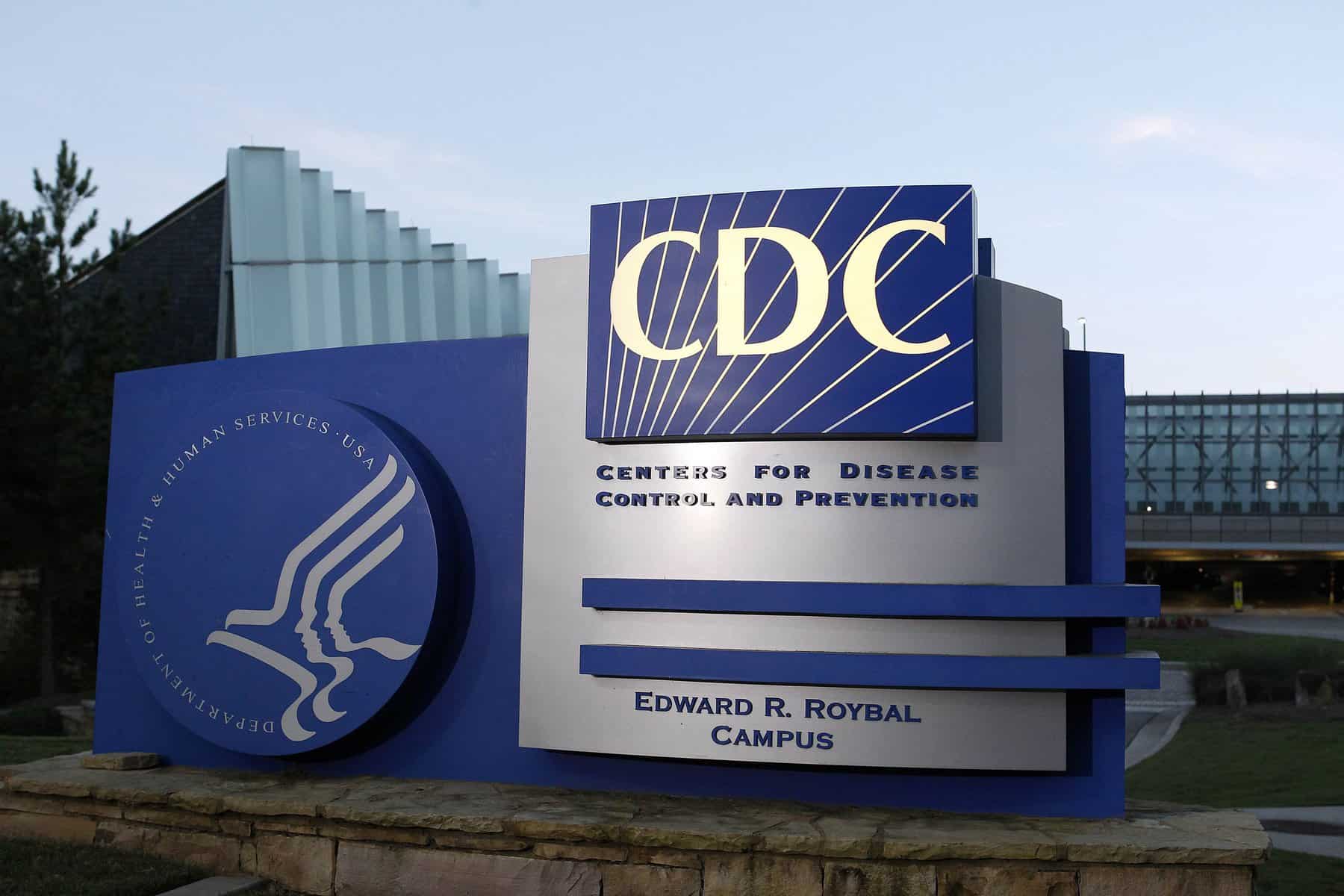

Yersinia enterocolitica is a Gram negative rod-shaped bacterium in the family of Enterobacteriaceae
known as causative agent of gastrointestinal infections and most often causes the disease
yersiniosis with a variety of symptoms such as enterocolitis, acute diarrhea,
terminal ileitis and pseudoappendicitis but, if it spreads systemically, can
also result in fatal sepsis. The genus Yersinia includes
11 species: Y. pestis, Y. pseudotuberculosis, Y. enterocolitica, Y.
frederiksenii, Y. intermedia, Y. kristensenii, Y. bercovieri, Y.
mollaretii, Y. rohdei, Y. aldovae, and Y. ruckeri. Among them,
only Y. pestis, Y. pseudotuberculosis, and certain strains of Y.
enterocolitica are of pathogenic importance for humans and certain
warm-blooded animals, whereas the other species are of environmental origin and
may, at best, act as opportunists. However, Yersinia strains
can be isolated from clinical materials, so have to be identified at the
species level.
Signs and symptoms
Symptoms of Y. enterocolitica infection typically
include Diarrhea which is the most common clinical manifestation of this
infection; diarrhea may be bloody in severe cases, low grade fever, abdominal
pain, vomiting. The patient may also develop erythema nodosum, which manifests
as painful, raised red or purple lesions, mainly on the patient’s legs and
trunk. Lesions appear 2-20 days after the onset of fever and abdominal pain and
resolve spontaneously in most cases in about a month.
Diagnosis
Y. enterocolitica infection can be diagnosis by a number of methods which includes Stool
culture - This is the best way to confirm a diagnosis of Y.
enterocolitica. The figure above shows the growth of Y.
enterocolitica on CIN (Cefsulodin,
Irgasan, Novobiocin) Agar. The characteristic deep red center with a
transparent margin, or "bull's-eye" appearance of Yersinia andAeromonas colonies is
important for identification, and is due to the presence of mannitol. Y. enterocolitica ferments the
mannitol in the medium, producing an acid pH which gives the colonies their red
color and the "bull's eye" appearance. Sodium deoxycholate, cefsulodin,
irgasan, and novobiocin are added as selective agents. Altorfer found that by
reducing the concentration of cefsulodin from 15.0 to 4.0mcg/ml, CIN Agar could
also be used to selectively isolate Aeromonas spp., in addition to Yersinia.
Other diagnosis methods include tube agglutination, Enzyme-linked
immunosorbent assays
Radioimmunoassays, Imaging studies - Ultrasonography or computed
tomography (CT) scanning may be useful in delineating true appendicitis from
pseudoappendicitis, Colonoscopy - Findings may vary and are relatively
nonspecific, Joint aspiration in cases of Yersinia- associated
reactive arthropathy
Management
Care in patients with Y enterocolitica infection is
primarily supportive, with good nutrition and hydration being mainstays of
treatment
First-line drugs used against the bacterium include the following
agents:
Third-generation cephalosporins
Trimethoprim-sulfamethoxazole (TMP-SMZ)
Tetracyclines
Fluoroquinolones - not approved for use in children under 18 years
Aminoglycosides



